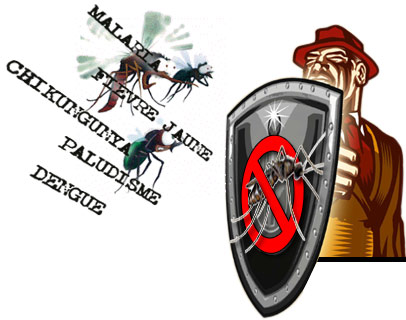
Tetanus, a curable medical condition known popularly as lockjaw, arises due to extended skeletal muscle contraction. The contamination of infected region remains the root cause of infection as it is associated with rust. The rusty rough surface of the metal provides a perfect habitat for the C. tetani bacteria. when the rusty metal containing the anaerobic C. tetani bacteria pierces the skin, the C. tetani endospore is injected into the the skin.
The endaspore is a temporary non reproductive structure formed by the bacteria which metabolises and causes infection in its required environment.
Tetanus Symptoms:
The lockjaw symptoms arise mostly at the skeleton muscle of striated type.
The most common symptom of the lockjaw disorder is the inability of the patients to move their lower jaw which also is the reason for the origin of name ‘lockjaw’.
The incubation period for tetanus varies from nine days to a months time. Shorter incubation period corresponds to severe lockjaw symptoms.
Prevention of tetanus:
Strangely, prevention measres does not provide immunity to the lockjaw disease because even a lethal dose of tetanospasmin is unable to provoke an immune response.
In children under seven years of age, the tetanus vaccine is usually a combined DPT/DTaP vaccine, including vaccines against pertussis and diphtheria.
For those above the age of seven, the Td vaccine which represents Tetanus and diphtheria vaccine or the Tdap vaccine that represents Tetanus Diphtheria and Acellular Pertussis vaccine is usually administered.
A vaccination with tetanus toxoid could also possibly prevents tetanus. It is recommended that adults receive a booster vaccine every ten years and a standard care is practiced to give these booster vaccines to any patient suffering from a puncture wound or to those who is uncertain of when they were vaccinated previously.
The booster takes up to two weeks for the lockjaw antibodies to be formed which makes it hard to prevent a present and fatal case of tetanus.
Injecting a post exposure tetanus prophylaxis immediately after injury that is more prone to cause tetanus is another way of preventing tetanus. The shots of tetanus prophylaxis have to be given depends upon following factors:
1. The number of years since the patient has had his last booster2. The total number of vaccinations against tetanus that the patient has received and the nature of the injury.
Tetanus treatment:
The treatment for tetanus primarily involves cleaning of the wound.
Surgical debridement is practiced to remove the dead and the infected tissues.
Coordination of antibiotic metronidazole reduces the number of bacteria. Once Penicillin was given to treat tetanus, as it involves a risk in increase of spasms. Its recommented to use only at the times of unavaiability of metronidazole.
Restriction of toxin production neutralizes its effects and controls muscle spasms. Robaxin-750 generically called as methacarbamol is a good skeletal muscle relaxant.
It is of high importance for a passive immunization with the tetanus immunoglobulin or the human anti-tetanospasmin immunoglobulin. Normal human immunoglobein is given in case of unavailability of the required anti-tetanospasmin immunoglobulin.
It is compulsory for all the tetanus victims to be vaccinated against the disease.